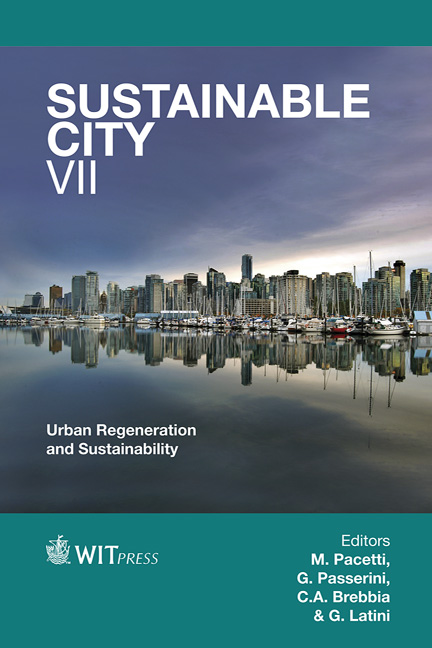Urban Sprawl: Mobility Potentials In Suburban Areas Of Tallinn
Price
Free (open access)
Transaction
Volume
155
Pages
11
Page Range
967 - 977
Published
2012
Size
2,611 kb
Paper DOI
10.2495/SC120812
Copyright
WIT Press
Author(s)
R. Mäe, D. Antov & I. Antso
Abstract
The travel habits of commuters have a huge impact on sustainable development in general, as well as for certain regions or cities. This is also a case for the city of Tallinn, capital of Estonia, where important changes in mobility have been taking place over the last 20 years. These changes could mainly be described by the rapid motorization, growth of motorized traffic and decline in the usage of public transport, as well as by the sprawl of the city, where former agricultural areas are turned into residential ones. Thus, it is very important: i) to analyze present trends of mobility, not only in the city but in the bigger area of mobility around the city; ii) to develop modern and user friendly methods for the mobility outcome, especially based on public databases, which include data about land use characteristics, residencies and job location and mobility characteristics, including travel mode, time and length. The main goal of this research is to: a) investigate the main mobility characteristics between Tallinn and its suburban areas – commuting area; b) determine the commuting areas – represented in time and space units of the regular mobility near the city of Tallinn; c) find the main causes, which are affecting certain transport mode usages and how can we influence these choices; d) analyze the potentials of different mobility model usage for mobility forecasting in the commuting area of the city of Tallinn. Keywords: suburbanisation, urban sprawl, commuting, traffic volume, mobility, territorial planning, public databases. 1 Introduction The word sprawl has entered our daily language, and the descriptions and analyses of its characteristics have filled articles, papers, and books in a torrent
Keywords
suburbanisation, urban sprawl, commuting, traffic volume, mobility, territorial planning, public databases.





